Realizujemy projekt finansowany przez NCBiR oraz Unię Europejską.
czytaj więcejRealizujemy projekt finansowany przez NCBiR oraz Unię Europejską.
czytaj więcej
| BEFORE |
| Contact with clients conducted ad hoc/without a fixed schedule, on random days and hours. |
| AFTER |
| Contact days and time have been defined for each customer group. |
| EFFECT |
| Increased efficiency by up to 2 times for certain segments. |
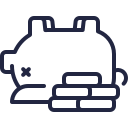
| BEFORE |
| A simple decision-making model, identifying transactions posing a high operational risk, using basic data on a single transaction. |
| AFTER |
| Automatic process of assessing the agency’s quality on the basis of its current behavior and sales portfolio, based on a complex algorithm identifying the risk of high operating costs. |
| EFFECT |
| Operating costs reduced by 30%. |
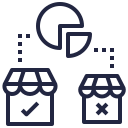
| BEFORE |
| A significant drop in sales after the opening of competitor stores. Lack of information on which product groups it affected. Lack of information on how the distance of the competitor's outlet affects turnover. |
| AFTER |
| Comparison of the level of impact of competition by store category. Determination of expected decrease in sellings on specific product groups. |
| EFFECT |
| The opportunity to plan a strategy to avoid a decrease in turnover for a single shop. |
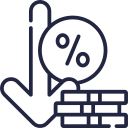
| BEFORE |
| Manual selection of one of 4 debt collection strategies for a given client, based on 2 simple criteria (amount and time of arrears) and the intuition of the decision-maker |
| AFTER |
| Automated process for selecting a debt collection strategy based on different criteria and maximizing profit. |
| EFFECT |
| For 40% of customers, internal debt collection turned out to be unnecessary and ineffective. Profits from collection recovery increased by 20%. |

| BEFORE |
| Random selection of several products on the screen viewed by the customer, with no hints at the global level. |
| AFTER |
| Automatic product selection based on customer profile. |
| EFFECT |
| Conversion of recommended products at 30% |
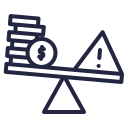
| BEFORE |
| A simple decision model |
| AFTER |
| Automatic monitoring of the quality of the scoring model. Automatic analysis of model quality |
| EFFECT |
| A more efficient model was developed using advanced modeling methodologies. |
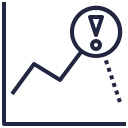
| BEFORE |
| A simple decision-making model based on expert rules, using basic customer data. |
| AFTER |
| A simple decision-making model based on expert rules, using basic customer data. |
| EFFECT |
| Increase in profit by 8-12% depending on the product group. |
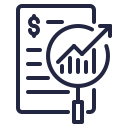
| BEFORE |
| A simple decision model based on a statistical linear model using monthly data, based on data available in only one department. |
| AFTER |
| An automated process that identifies customers with the highest propensity to buy at any given time, maximizing conversion. |
| EFFECT |
| 10-20% increase in conversion depending on the customer group. |

| BEFORE |
| Contact with clients conducted ad hoc/without a fixed schedule, on random days and hours. |
| AFTER |
| Contact days and time have been defined for each customer group. |
| EFFECT |
| Increased efficiency by up to 2 times for certain segments. |
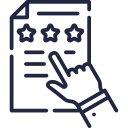
| BEFORE |
| Contact with clients conducted ad hoc/without a fixed schedule, on random days and hours. |
| AFTER |
| Contact days and time have been defined for each customer group. |
| EFFECT |
| Increased efficiency by up to 2 times for certain segments. |
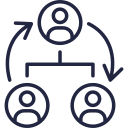
| BEFORE |
| Contact with clients conducted ad hoc/without a fixed schedule, on random days and hours. |
| AFTER |
| Contact days and time have been defined for each customer group. |
| EFFECT |
| Increased efficiency by up to 2 times for certain segments. |
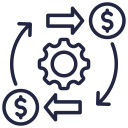
| BEFORE |
| Contact with clients conducted ad hoc/without a fixed schedule, on random days and hours. |
| AFTER |
| Contact days and time have been defined for each customer group. |
| EFFECT |
| Increased efficiency by up to 2 times for certain segments. |